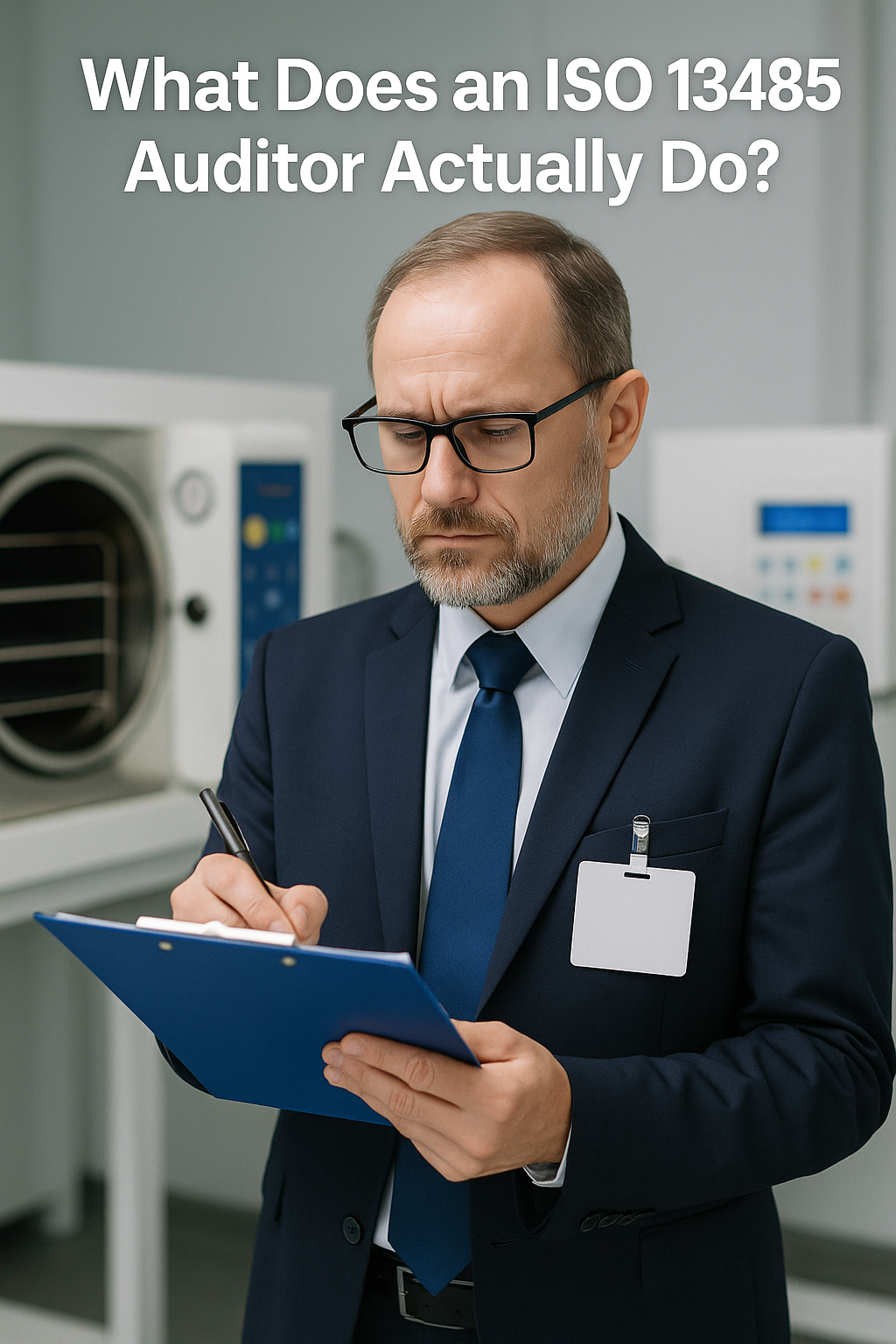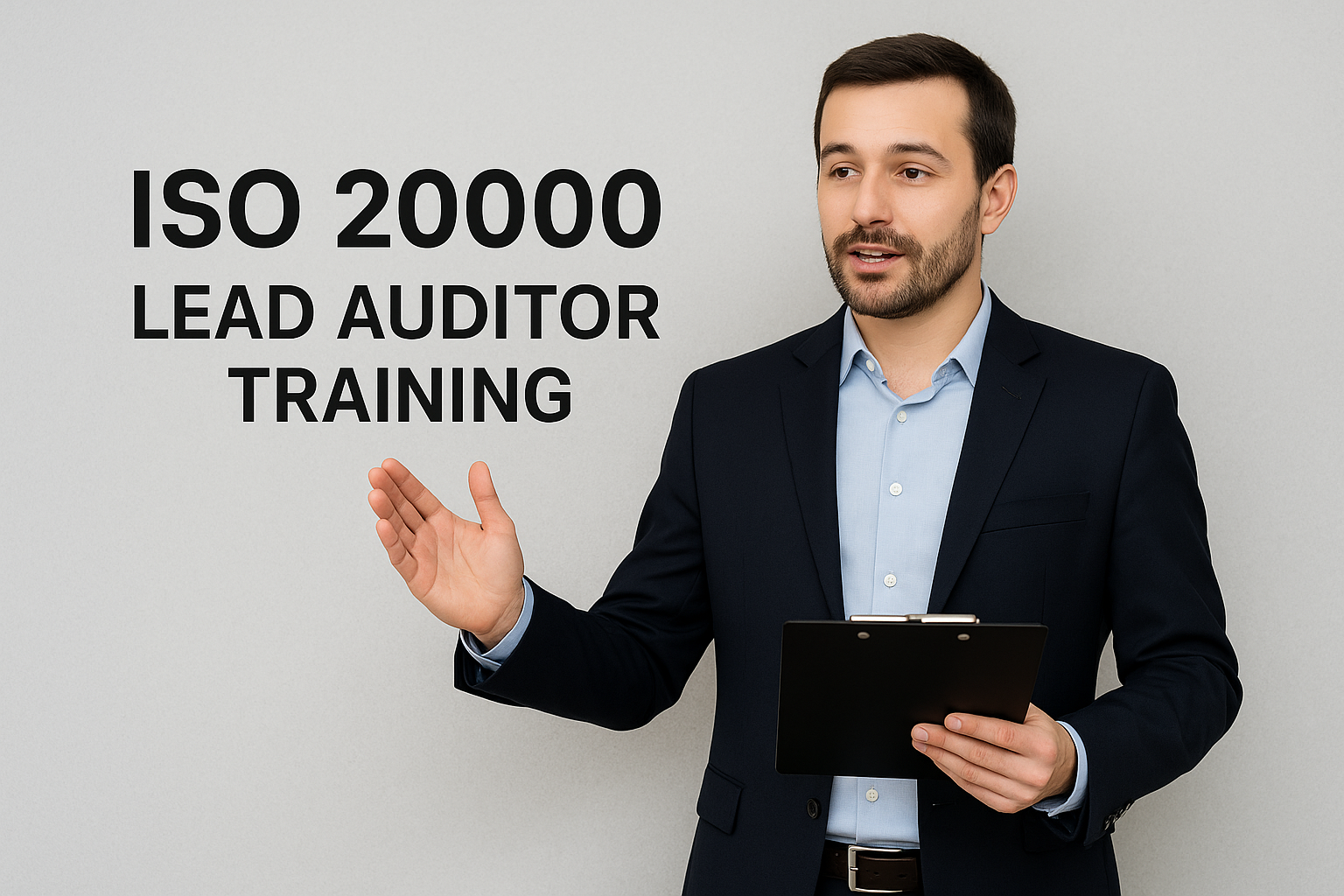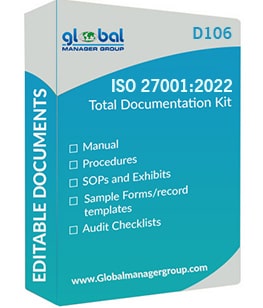What Does an ISO 13485 Auditor Actually Do?

Strong 8k brings an ultra-HD IPTV experience to your living room and your pocket.
ISO 13485 is the globally recognized standard for quality management systems (QMS) in the medical device industry. Behind every successful audit is a skilled auditor who ensures that manufacturers adhere to rigorous regulatory and quality requirements. But what does an ISO 13485 auditor actually do? This article dives into their responsibilities, the skills they need, and why proper training matters.
1. Planning and Preparation
Understanding the Scope
Before stepping onto the audit floor, an auditor reviews the QMS documentation to determine the scope of the audit. This includes:
• Identifying relevant clauses of ISO 13485, such as risk management (Clause 7.1) and design controls (Clause 7.3).
• Mapping regulatory requirements: for example, linking ISO 13485 procedures to FDA 21 CFR 820 or EU MDR obligations.
Developing the Audit Plan
A thorough audit plan outlines:
• Objectives: What processes or systems will be assessed.
• Timeline: Key dates for opening meeting, site visits, and closing meeting.
• Resources: Which team members will assist, and any technical experts required.
Auditors use ISO 13485 checklists—customized to the medical device sub-sector—to ensure all critical elements are covered.
2. Conducting On-Site Audits
Opening Meeting
The auditor kicks off with an opening meeting:
• Introduces audit scope, objectives, and methodology.
• Confirms schedule and logistics.
• Reassures the auditee team that the process is collaborative, not punitive.
Process Auditing
Walking the factory floor or laboratory, the auditor:
• Interviews personnel to verify they understand and follow documented procedures.
• Examines records (e.g., training logs, nonconformance reports, corrective actions).
• Observes operations such as device assembly, sterilization, or packaging.
Every finding—whether positive (“strength”) or negative (“nonconformity”)—is documented with objective evidence.
Sampling and Traceability
Auditors select representative samples of products or records to verify:
• Traceability from raw materials to finished devices.
• Consistency between documented procedures and actual practice.
This helps confirm that the QMS reliably controls all stages of the product lifecycle.
3. Identifying and Reporting Findings
Categorizing Nonconformities
ISO 13485 distinguishes between:
• Major nonconformities: Systemic failures or missing procedures that could compromise product safety or regulatory compliance.
• Minor nonconformities: Isolated lapses that do not immediately impact device safety but require correction.
Writing the Audit Report
A clear, well-structured report includes:
1. Executive Summary: High-level overview of audit scope and key observations.
2. Findings Table: Detailed list of strengths, opportunities for improvement, and nonconformities, each backed by evidence.
3. Recommendations: Practical steps to address gaps and enhance the QMS.
Final reports are delivered during the closing meeting, ensuring the auditee team understands each point.
4. Follow-Up and Continuous Improvement
Corrective and Preventive Actions (CAPA)
After the audit, organizations must respond with a CAPA plan:
• Root Cause Analysis: Identifying why a nonconformity occurred.
• Action Plans: Assigning responsibilities and timelines.
• Verification: Confirming that corrective measures are effective.
Auditors often review CAPA follow-ups in subsequent audits to verify closure and continual improvement.
Building a Quality Culture
Beyond compliance, auditors act as change agents:
• Sharing best practices gleaned from other audits.
• Coaching process owners on risk-based thinking and documentation excellence.
This transforms audits from mere checklists into opportunities for performance enhancement.
The Importance of Auditor Training
Executing an effective ISO 13485 audit requires a blend of technical knowledge, interviewing skills, and regulatory awareness. That’s why comprehensive ISO 13485 auditor training is essential. Quality professionals who invest in structured courses will learn to:
• Interpret standard requirements accurately.
• Apply risk-based audit techniques.
• Communicate findings constructively.
• Navigate complex regulations like EU MDR and FDA QSR.
Conclusion
An ISO 13485 auditor plays a pivotal role in safeguarding patient safety by ensuring medical device manufacturers maintain a robust QMS. From pre-audit planning and on-site assessments to reporting findings and driving corrective actions, auditors combine technical expertise with strong interpersonal skills. Whether you are a quality professional looking to expand your skill set or an aspiring auditor, enrolling in a specialized ISO 13485 auditor training course will equip you with the tools needed to excel in this critical profession.
Note: IndiBlogHub features both user-submitted and editorial content. We do not verify third-party contributions. Read our Disclaimer and Privacy Policyfor details.







